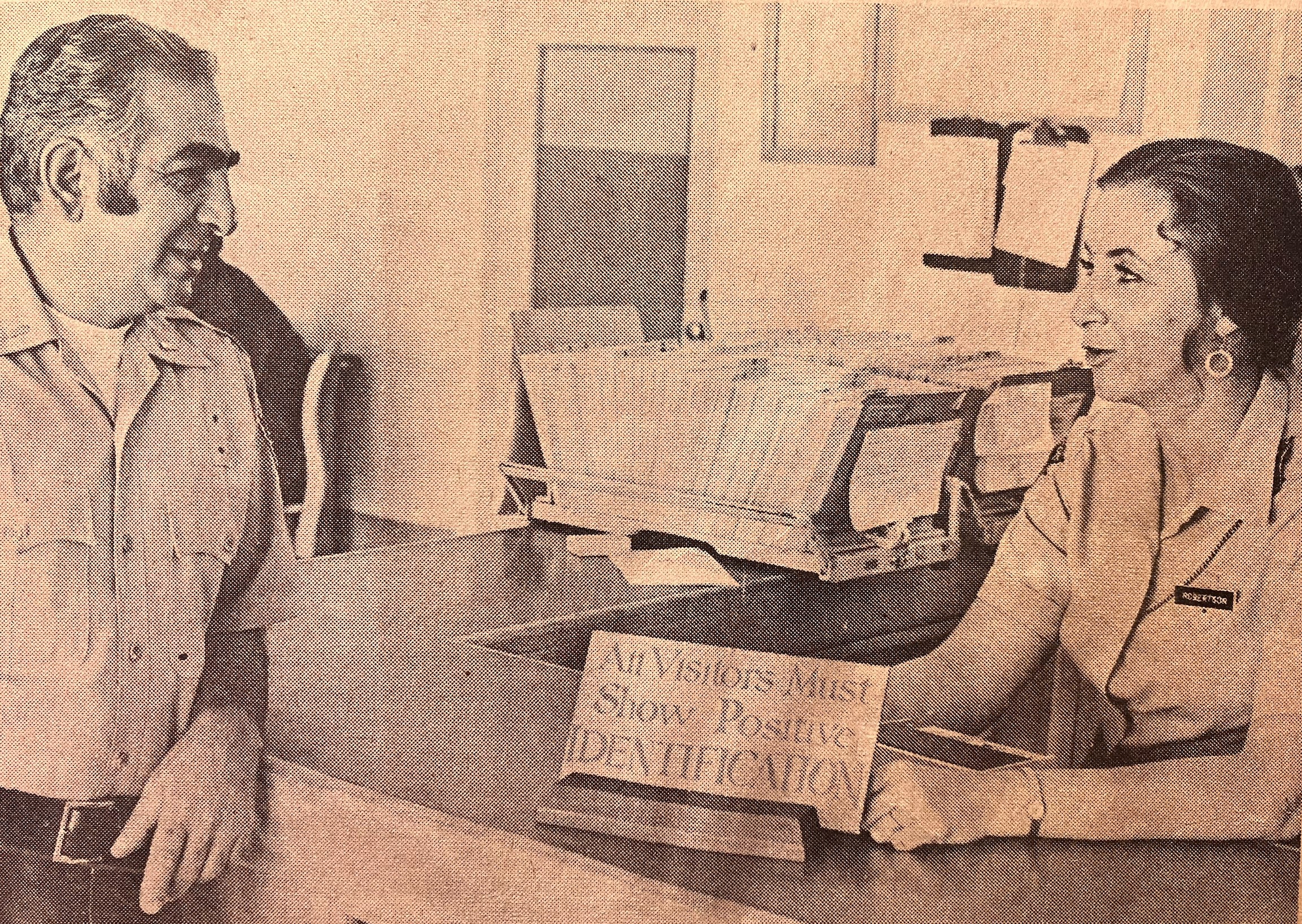On June 4, 1973, Trella Robertson was hired as the first female correctional officer at Deuel Vocational Institution (DVI) in Tracy.
Robertson was no stranger to law enforcement, having served as a police officer in Albuquerque from 1963 until 1967.
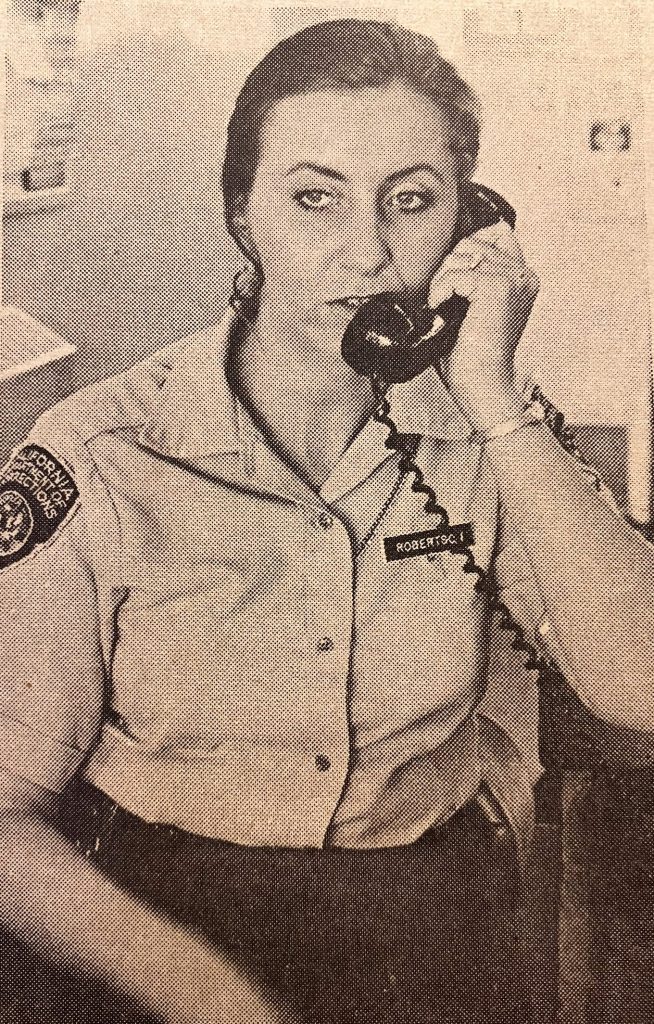
After Robertson moved to California, she applied to become a correctional officer. She attended a five-week Basic Correctional Officer Academy at the Correctional Training Facility in Soledad. She was one of seven women out of 40 graduates.
“So why all the interest in this particular correctional officer? She’s a woman. The first woman correctional officer at DVI and among the first women correctional officers in the state,” reported the Tracy Press, June 27, 1973.
“They’re still drawing up guidelines,” she told the newspaper. “DVI has no standard uniform for women yet.”
According to Robert Rees, associate superintendent at DVI, she was assigned to visiting. Without guidelines in place, there were concerns regarding privacy, searches, and Robertson’s safety.
“I’m not too sure Mrs. Robertson needs protection,” Rees said, acknowledging her law enforcement background.
The new officer agreed.
“I know I can defend myself or I wouldn’t be here,” she said. “I feel I can handle any situation that might come up. Also, I had several occasions in Albuquerque to use self-defense. But I can see the other correctional officers’ viewpoint. It’s been a man’s world a long time. It will take time to show I can handle it like I know I can. I can’t speak for all women, only myself.”
Skepticism at the prison
“It’s been a man’s world a long time. It will take time to show I can handle it like I know I can.”
Trella Robertson, first female correctional officer, Deuel Vocational Institution, 1973
There were plenty of detractors at DVI, including Rees and Robertson’s supervisor, Lt. Joe Dooman.
“I hollered as loud or louder than anybody about women coming to work at DVI,” Dooman said, but was coming around thanks to her professionalism and willingness to get things done. “Most officers here were pretty apprehensive about a woman working with them when they found out one was hired. But some have gotten to know her better, work with her, so they feel more comfortable (now).”
Rees said it was simple: “We have no real justification not to hire a woman correctional officer, so we did.”
Dooman said he was impressed by her work ethic.
“She’s sure willing. She wants to do the job. I haven’t heard her say ‘I don’t think I can do that’ yet when I assign a task,” he said.
Robertson summed up her philosophy as being one of showing mutual respect between the incarcerated individual and staff.
“The most important part to me is treating inmates as individuals, not inmates,” Robertson said.
By Don Chaddock, Inside CDCR editor
Photos from Deuel Vocational Institution news clipping files
Learn more about California prison history.
Follow CDCR on YouTube, Facebook, X (formerly Twitter). Listen to the CDCR Unlocked podcast.
Related content
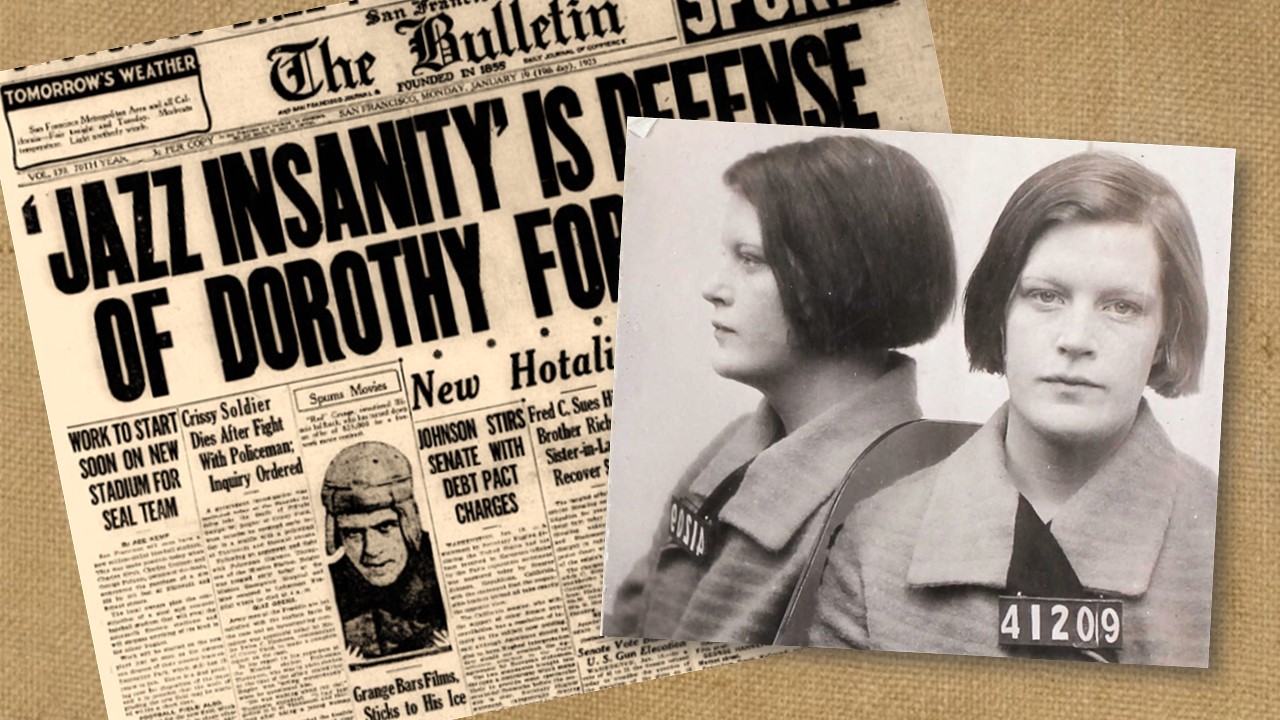
Jazz music blamed for 1925 murder
In the 1920s, a teenage girl, a mother’s murder, and jazz music made headlines when they converged in San Francisco. This is the story of how a misunderstood musical genre took center stage in a high-profile California murder trial.
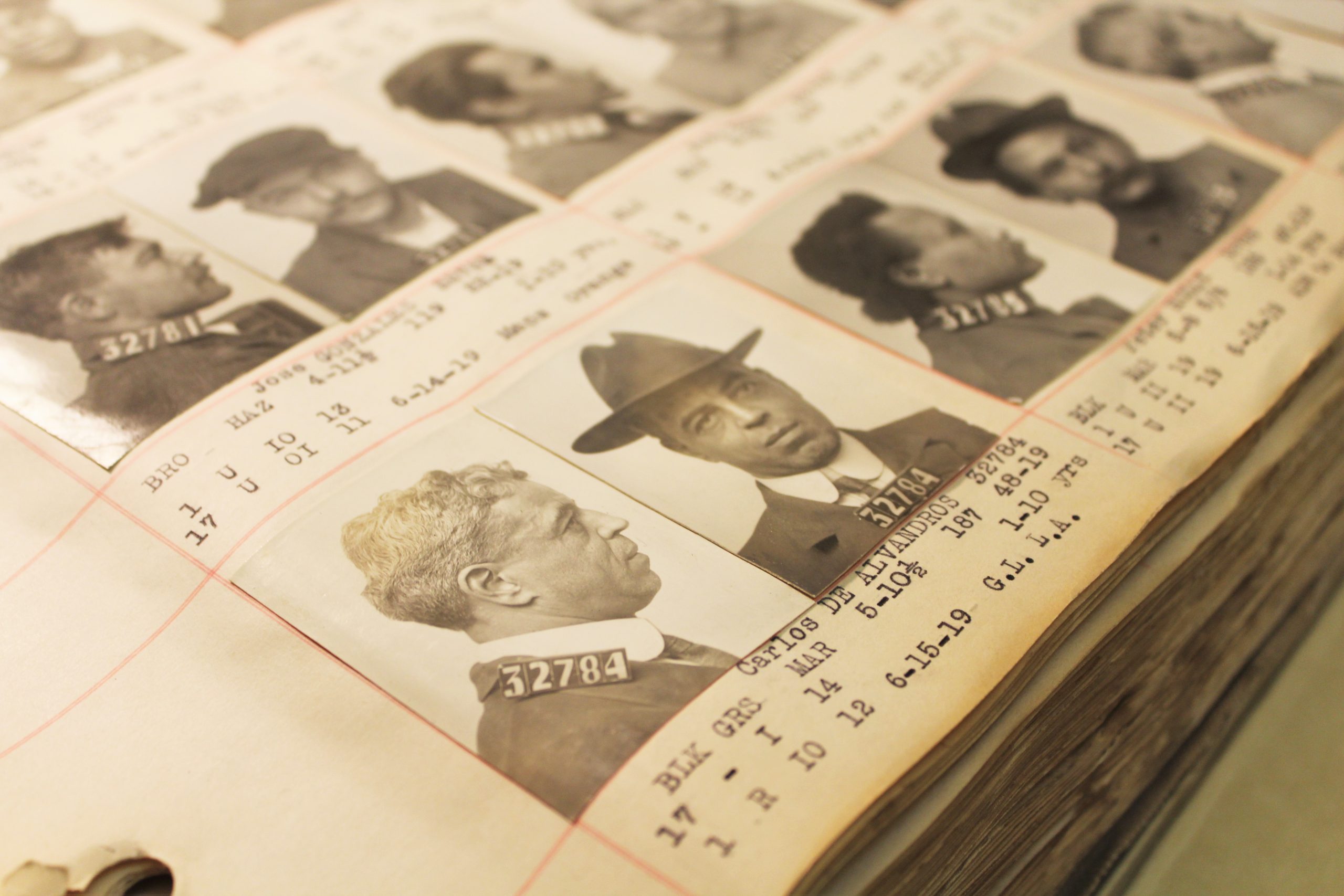
San Quentin and the case of the clairvoyant crime ring
A tale of confidence men, swindlers, and a clairvoyant crime ring are part of the historical fabric of San Quentin. One early 1900s case involved clairvoyants, fraudulent sales of radium mining stock, and tall tales told by a smooth-talking mystic.
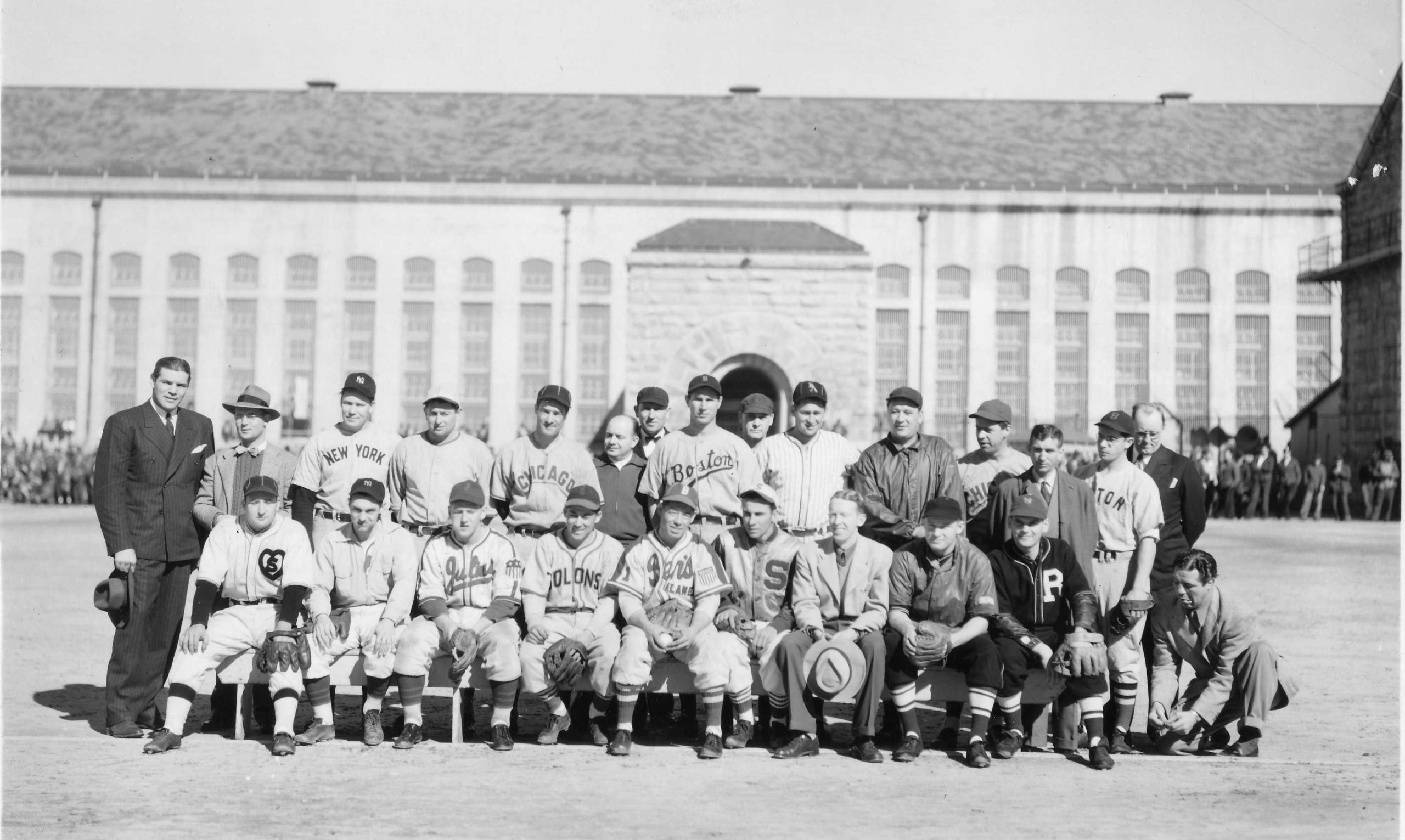
California prisons have long celebrated Easter
Celebratory events marking Easter have long played a rehabilitative role in California prisons to help reentry efforts.
